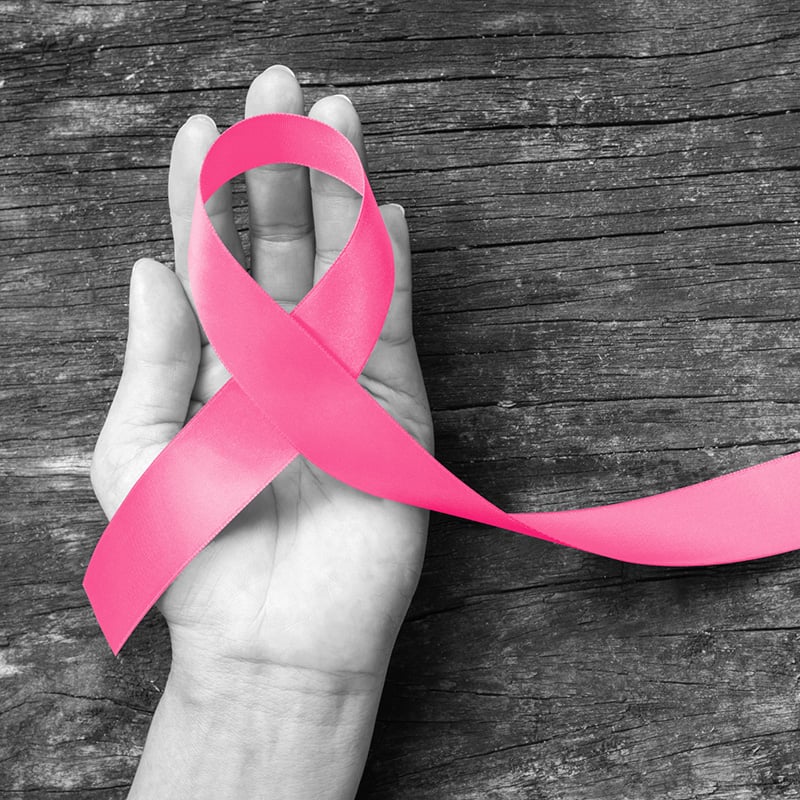As many as 5 million women are living with polycystic ovary syndrome (PCOS) in the United States alone. The hormonal disorder was once again put into the media spotlight when actress Keke Palmer opened up about it in December 2020 and announced her pregnancy two years later.
To explain how women are diagnosed with PCOS, how they can be treated for it, and how it might affect pregnancy, we turned to Laurel Garber, DO, for her expertise.
What is PCOS?
Polycystic ovary syndrome (PCOS) is a condition caused by an imbalance of reproductive hormones.
When the balance of hormones from the ovaries is off, eggs may develop abnormally or be released abnormally – causing the ovaries to appear cystic on ultrasounds at times. This can cause women with PCOS to have irregular periods. As a result, some women with PCOS may have trouble becoming pregnant.
The good news is that there are methods of treatment that can increase a woman’s likelihood of pregnancy.
An exact cause of the hormonal imbalance remains unknown. Researchers believe several factors might influence PCOS, including:
- genetics
- women with a mother, sister, or aunt with PCOS have an increased risk
- increased levels of androgens
- insulin resistance
Risks and symptoms
Women of all races and ethnicities are affected by PCOS. The disorder can also affect women at any age – starting after puberty.
There are several signs that point to the possibility of a woman having PCOS. According to the CDC, women should have a conversation with their OBGYN provider if they have experienced at least two of the following symptoms:
- Irregular periods
- Excess facial or chest hair
- Excess acne on the chest, face, or upper back
- Thinning scalp hair
- Weight gain
- Skin darkening, especially along neck creases, in the groin, and under the breasts
- Skin tags
According to the Office on Women’s Health, PCOS causes a higher risk of miscarriage, gestational diabetes, preeclampsia, and C-section.
Diagnosis and treatment
Before diagnosing a woman with PCOS, providers will obtain her medical history, perform a physical exam, and might move ahead with further testing such as a pelvic ultrasound or blood tests.
“There is no single test that confirms a woman has PCOS, which means providers will look at the symptoms a woman is exhibiting, her test results, and rule out other potential causes in order to confirm the diagnosis,” Dr. Garber said.
After a PCOS diagnosis, the focus moves toward symptom management. For some patients, keeping their body at a healthy weight helps to relieve some symptoms.
For excess hair, hair removal products may be recommended, along with dermatology services such as laser hair removal or electrolysis.
Patients can talk with their provider about medicines that might help with regulating hormone levels, such as androgen, insulin, and those involved with ovulation.
Women with PCOS who want to get pregnant might need to consult with a fertility specialist about their plans. Opportunities to increase a woman’s chances of becoming pregnant range from medications to IVF to surgery. Consulting their primary care provider and OBGYN can give patients a better idea of what might work specifically for them.








